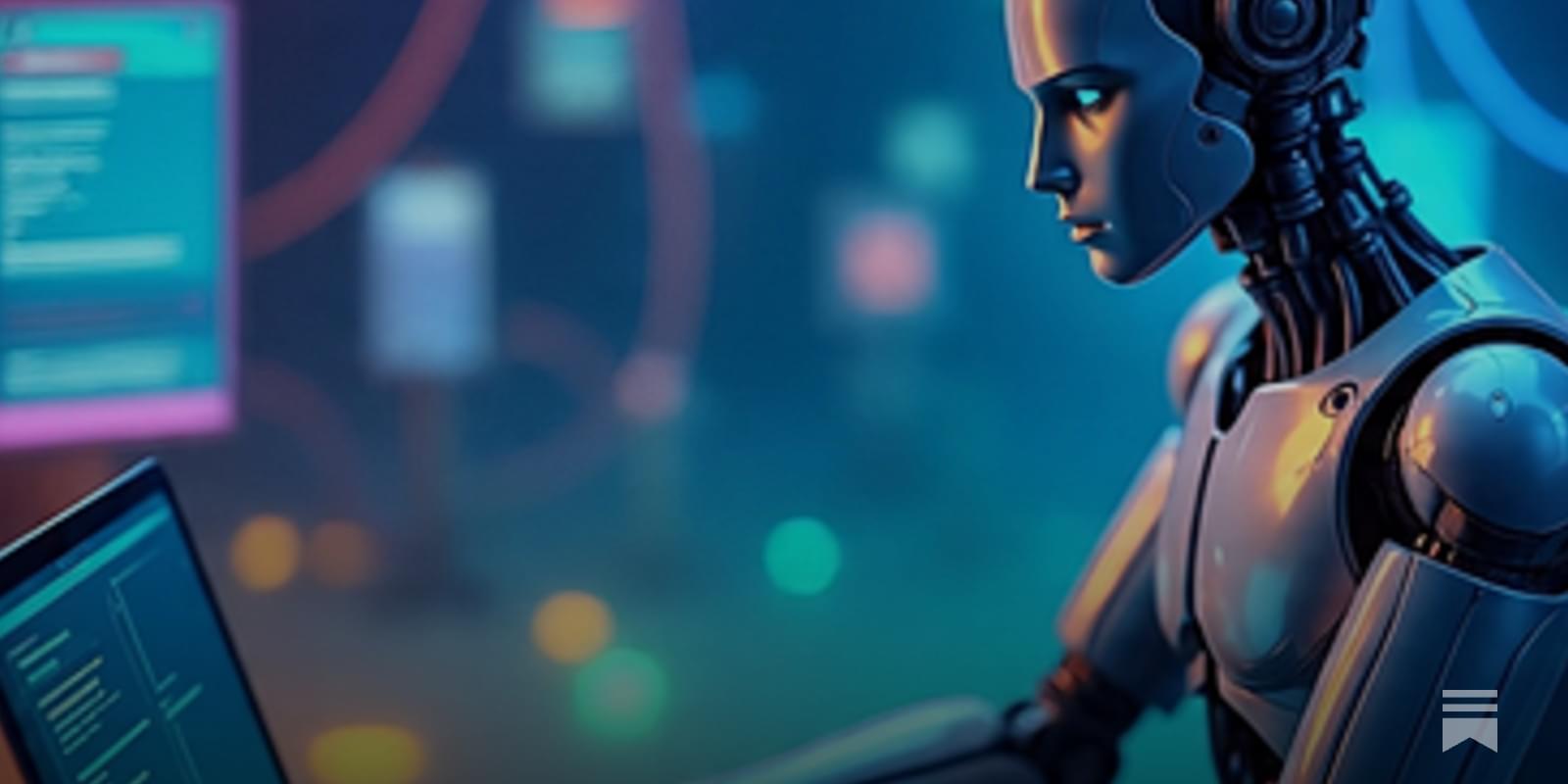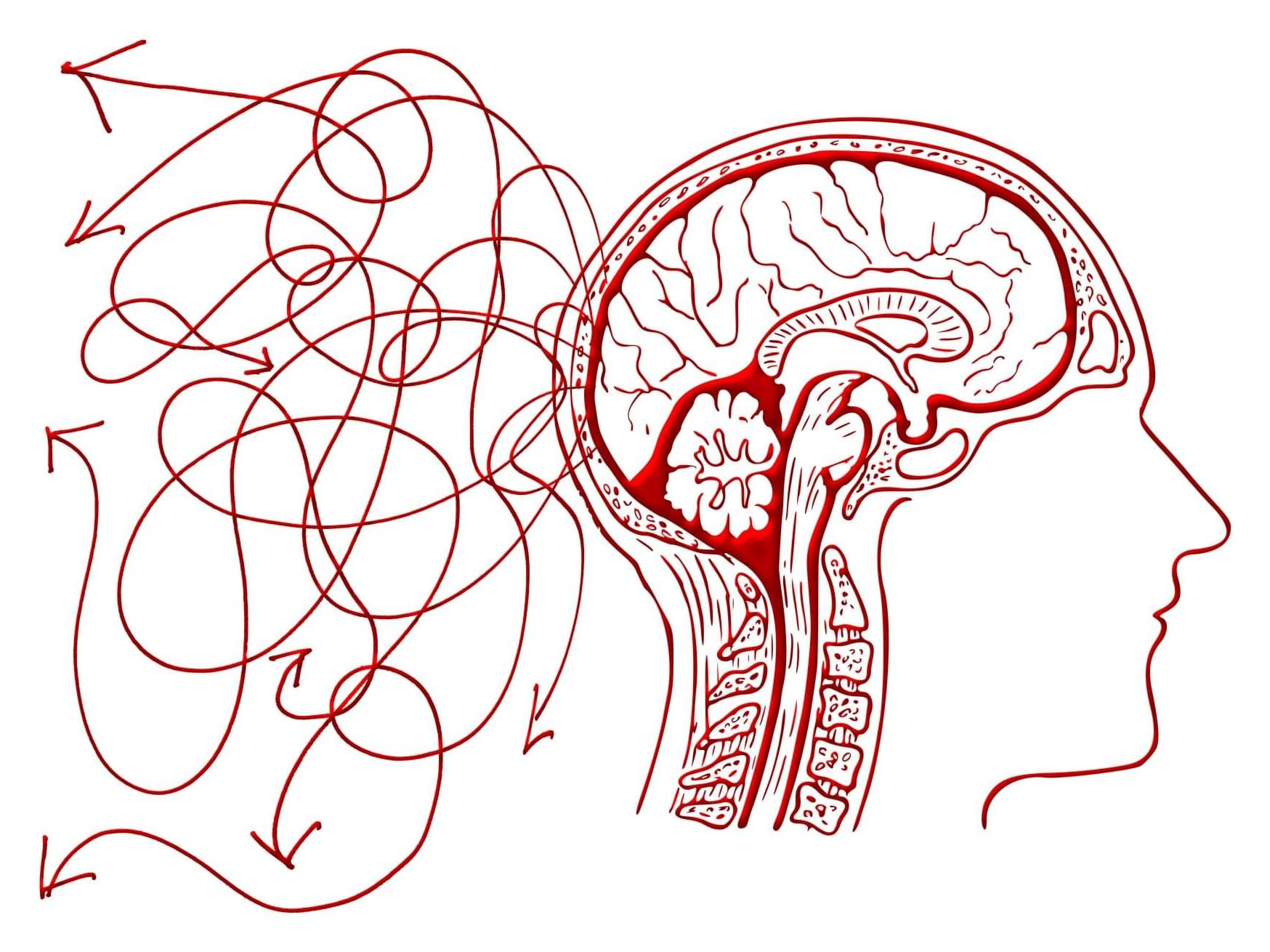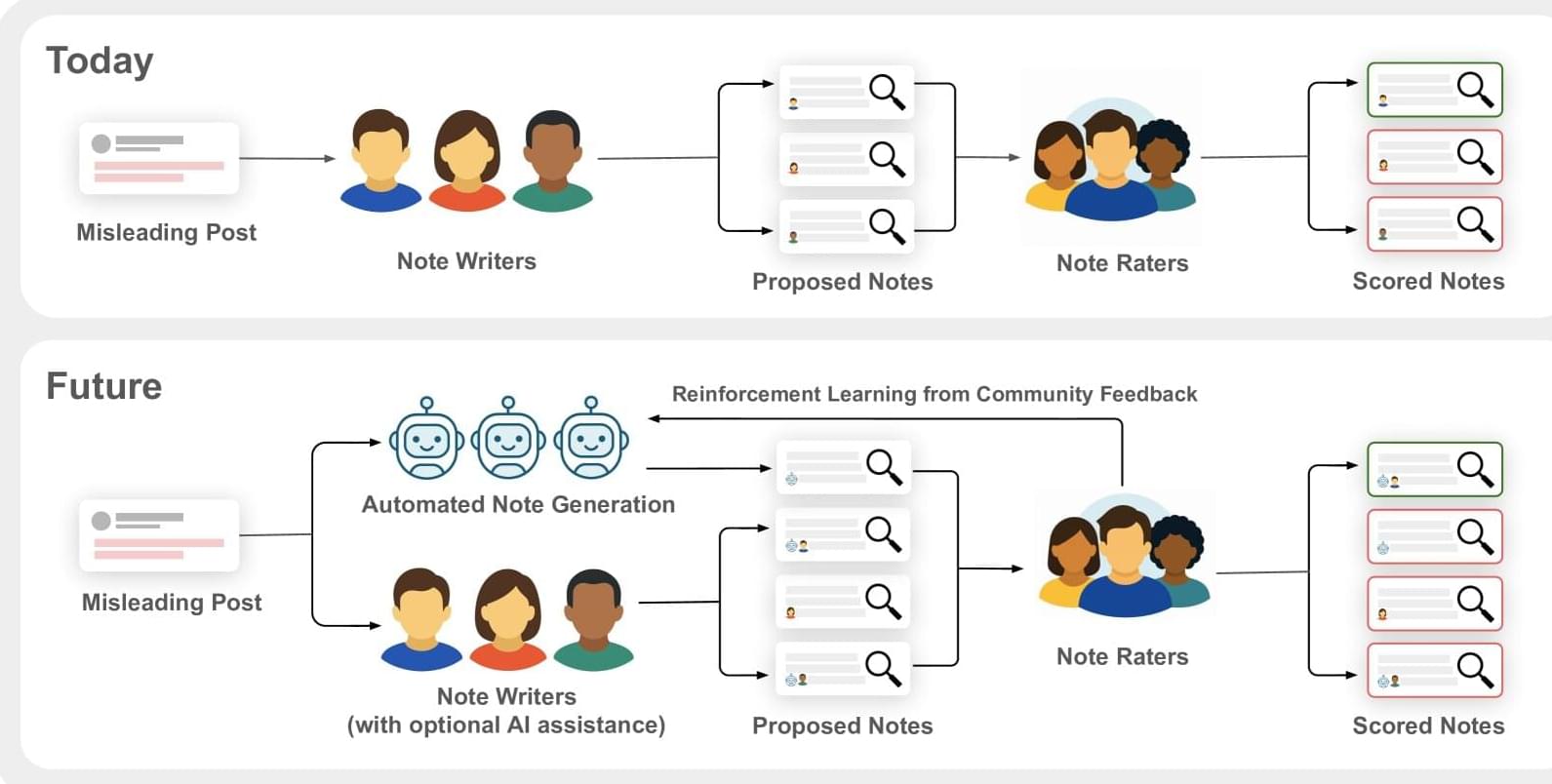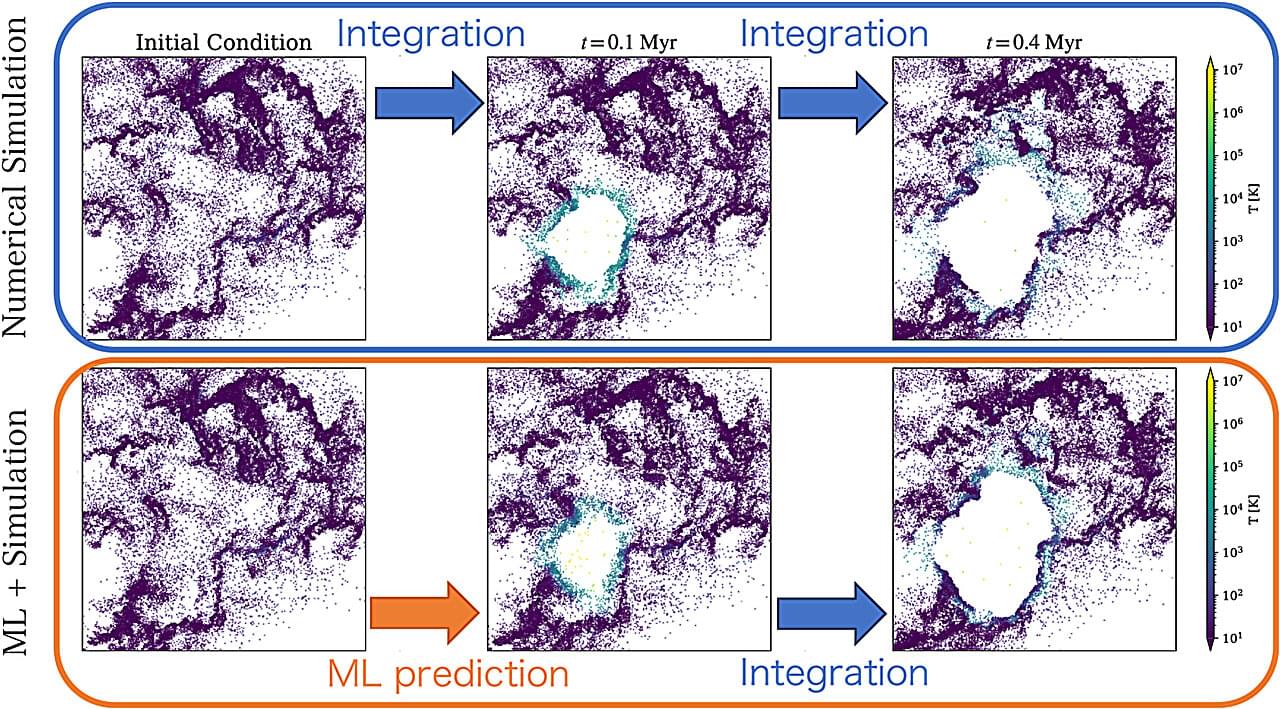AI improves deep brain stimulation to offer new hope for personalized depression treatment.



Continuous adult hippocampal neurogenesis is involved in memory formation and mood regulation but is challenging to study in humans. Difficulties finding proliferating progenitor cells called into question whether and how new neurons may be generated. We analyzed the human hippocampus from birth through adulthood by single-nucleus RNA sequencing. We identified all neural progenitor cell stages in early childhood. In adults, using antibodies against the proliferation marker Ki67 and machine learning algorithms, we found proliferating neural progenitor cells. Furthermore, transcriptomic data showed that neural progenitors were localized within the dentate gyrus. The results contribute to understanding neurogenesis in adult humans.


Researchers have long been interested in how humans and animals make decisions by focusing on trial-and-error behavior informed by recent information. However, the conventional frameworks for understanding these behaviors may overlook certain realities of decision-making because they assume we make the best decisions after taking into account our past experiences.
A newly released study by a team of scientists deploys AI in innovative ways to better understand this process. By using tiny artificial neural networks, the researchers’ work illuminates in detail what drives an individual’s actual choices—regardless of whether those choices are optimal or not.
The work appears in Nature.
The future of moon exploration may be rolling around a nondescript office on the CU Boulder campus. Here, a robot about as wide as a large pizza scoots forward on three wheels. It uses an arm with a claw at one end to pick up a plastic block from the floor, then set it back down.

X (formerly Twitter) launched its “Community Notes” program in 2021 to combat misinformation by allowing users to add contextual notes on posts that might be deceptive or lead to misinterpretation. An example would be users labeling an AI-generated video as such, so that other users would not be tricked into believing the event in the video actually occurred. Community notes are rated by the decentralized social media community to determine their usefulness. Only the notes determined useful by raters are shown on the post. X’s Community Notes later inspired other platforms to launch similar programs.

Researchers have used machine learning to dramatically speed up the processing time when simulating galaxy evolution coupled with supernova explosion. This approach could help us understand the origins of our own galaxy, particularly the elements essential for life in the Milky Way.
The findings are published in The Astrophysical Journal.
The team was led by Keiya Hirashima at the RIKEN Center for Interdisciplinary Theoretical and Mathematical Sciences (iTHEMS) in Japan, along with colleagues from the Max Planck Institute for Astrophysics (MPA) and the Flatiron Institute.

Ilya Sutskever (OpenAI)https://simons.berkeley.edu/talks/ilya-sutskever-openai-2023-08-14Large Language Models and Transformers

For almost as long as humans have existed, we have been trying to make sense of the cosmos. What started as philosophical musing has, following the advent of the telescope and the ability to look ever farther into space (and ever earlier in time), become a thriving field of research.
Today, scientists seek to understand the properties governing how our universe behaves. These properties are characterized mathematically as so-called cosmological parameters, which fit into our models of the cosmos. The more precisely these parameters can be measured, the better we are able to differentiate between models, as well as validate — or rule out — long-held theories, including Einstein’s general theory of relativity. Because different models can hold vastly different predictions for both our universe’s earliest moments and eventual fate, that differentiation is vital.
To date, some of the biggest challenges include more tightly constraining parameters such as those that determine the precise amount and nature of dark matter, the source of dark energy and the repulsive force that it exerts, and exactly how neutrinos behave.